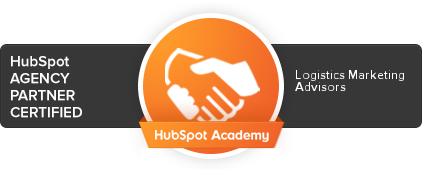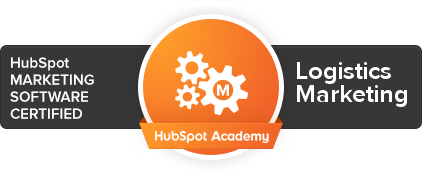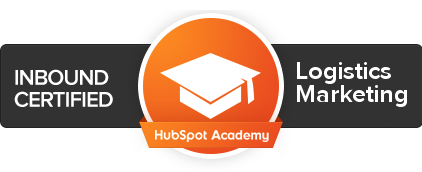What matters more to your logistics company’s marketing efforts: more eyeballs or more leads? This question is at the center of ongoing debate about “gating” premium content such as white papers and eBooks. In this article, we’ll take a closer look at your content gating strategy options and detail why the best choice is likely more personal than absolute.
To gate or not to gate?
Based on our 2020 survey of logistics buyers, 67% of those buyers will exchange their contact information for useful content. The remaining one-third want to avoid the follow-up emails and calls they believe they will receive as a result of completing a form.
Easy decision then, right? You invest a lot of time to create premium content, so you’ll lose the landing pages in order to maximize readership or viewership.
Hold on, not so fast.
All us logistics marketers have objectives we need to hit and one of those is lead generation. The prospects who read that content may one day become sales opportunities and customers, but if we can’t trace their interest back to a marketing-generated source, then it’s harder to defend the marketing spend. Accountability demands metrics.
So, if a gated content strategy is working for you, keep it up. But your decision should also consider these questions:
- How popular is the piece? If your conversion rate on your premium-content landing page is low – let’s say 3% or less – open up the content since you’ll lose little by doing so.
- Are prospects already finding your brand when they search a particular topic? If the answer is no, you may want to consider ungating content. Search engines will have a tougher time crawling PDFs and you’ll lose the SEO benefit that an informative study of a topic can bring. On the other hand, if you already rank highly for searches related to the topic, the SEO benefit may not be as enticing to you as a regular flow of leads.
- What are competitors doing? If they’re offering content similar to your shiny new whitepaper or eBook – and that content is not gated – prospects may opt for the ungated content.
- Who is your audience? The answer may help determine your content gating strategy. For instance, convenience trumps most other considerations for millennials. If you don’t give them what they’re looking for quickly and easily, they’ll find it elsewhere.
The best of both worlds
The “gate or ungate” decision is actually not that black and white. In fact, your best approach may be one that marries both approaches.
You’ve probably read about or use pillar pages – detailed articles that explore a topic in depth, with links out to blog articles or other pages with related content. With this approach, you publish your long-form content un-gated on your blog or as a webpage, but you also provide an option for the reader to download the content as a PDF. It’s a hybrid approach.
The download option could be in the form of a static, on-page form, a timed form that pops up while reading, or a call-to-action (CTA) button that links to the landing page for the content. This approach provides the SEO benefits of a fully accessible web page, while still generating new leads. Naturally, you’ll receive fewer leads than you would with a pure gated strategy. But in our experience about 5-10% of logistics buyers will still request the download, despite the fact that they can access all of the content.
Most companies that gate their premium written content promote it with blogs that explore key elements of the paper. That’s another way to share useful information with your prospects, but still retain the lead-generating benefits of a gated strategy.
The best content gating strategy? It depends.
Ultimately, your content gating strategy should be determined by your own organization’s marketing and sales priorities. If you’re an established logistics brand with a strong search engine presence and need to meet lead generation goals, then a gated approach may work best. If you’re a lesser known brand that wants and needs the market to hear your message, it may make more sense to increase readership by leaving your content ungated. Finally, if you want to maximize SEO benefits while retaining some lead generation potential, leverage your content to create a pillar post.








